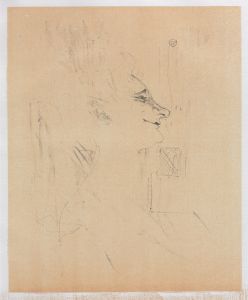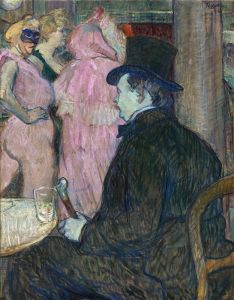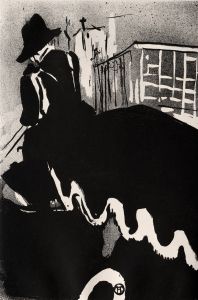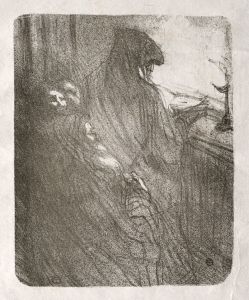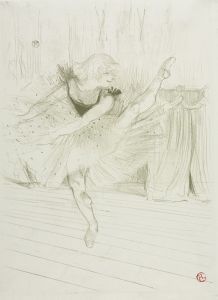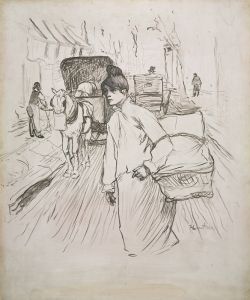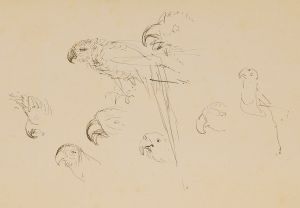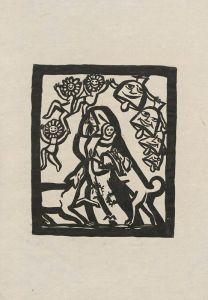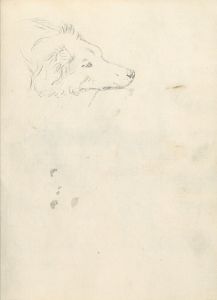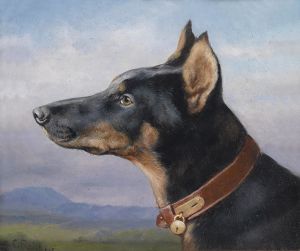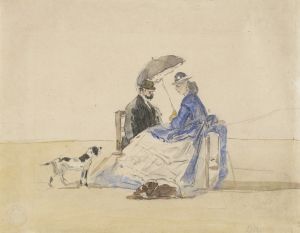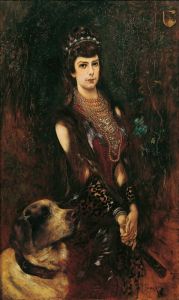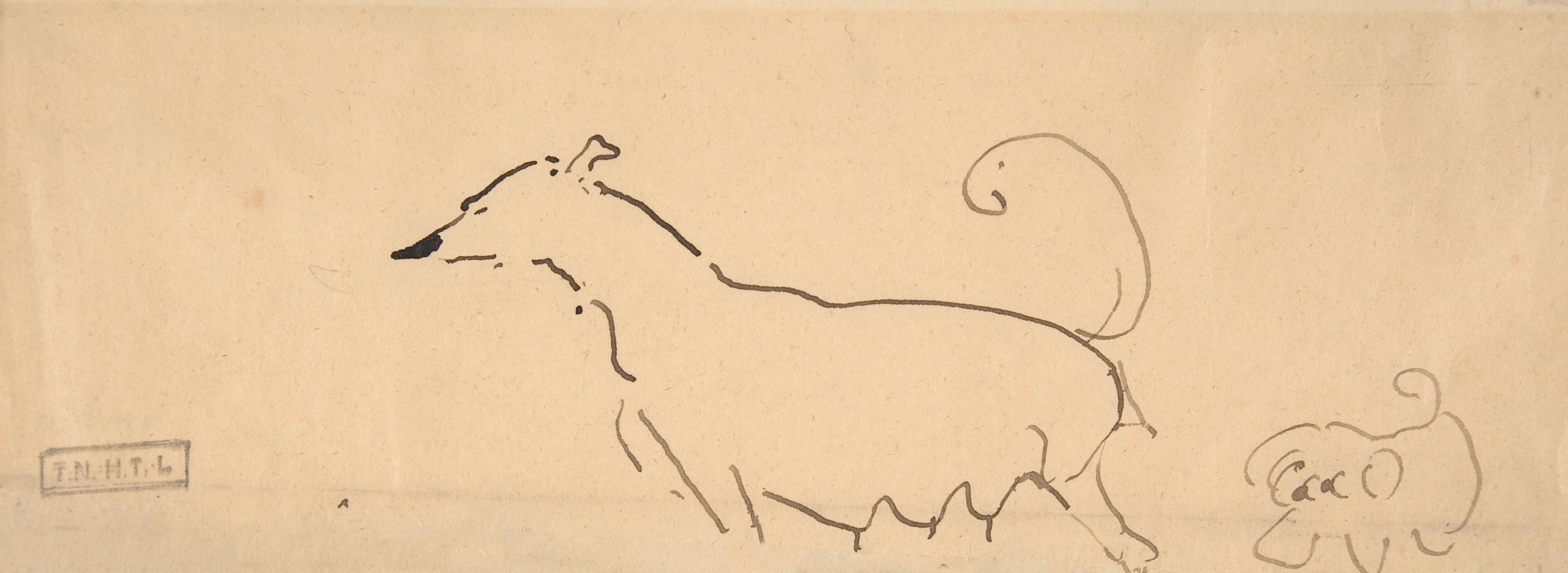
Two Dogs
A hand-painted replica of Henri de Toulouse-Lautrec’s masterpiece Two Dogs, meticulously crafted by professional artists to capture the true essence of the original. Each piece is created with museum-quality canvas and rare mineral pigments, carefully painted by experienced artists with delicate brushstrokes and rich, layered colors to perfectly recreate the texture of the original artwork. Unlike machine-printed reproductions, this hand-painted version brings the painting to life, infused with the artist’s emotions and skill in every stroke. Whether for personal collection or home decoration, it instantly elevates the artistic atmosphere of any space.
Henri de Toulouse-Lautrec, a prominent French painter, printmaker, draughtsman, and illustrator, is well-known for his depictions of the bohemian lifestyle in late 19th-century Paris. One of his lesser-known works is "Two Dogs," which showcases his ability to capture the essence of his subjects with remarkable precision and character.
"Two Dogs" is a painting that features two canines, rendered with Toulouse-Lautrec's characteristic style. The painting is notable for its simplicity and the way it conveys the personalities of the dogs through minimalistic yet expressive brushwork. The dogs are depicted in a naturalistic manner, with attention to their posture and expressions, which suggests a sense of familiarity and affection.
Henri de Toulouse-Lautrec was born on November 24, 1864, in Albi, France, and he became one of the most influential artists of the Post-Impressionist period. Despite his aristocratic background, he immersed himself in the vibrant and often gritty world of Montmartre, a district in Paris known for its nightlife and artistic community. Toulouse-Lautrec's work often focused on the people and scenes he encountered in this environment, including cabaret performers, dancers, and the patrons of Parisian cafés and bars.
The exact date of "Two Dogs" is not well-documented, but it is believed to have been created during the late 19th century, a period when Toulouse-Lautrec was actively producing a wide range of artworks. This painting is a departure from his more famous works that depict human subjects, yet it still carries the same attention to detail and emotional depth.
Toulouse-Lautrec's technique in "Two Dogs" reflects his broader artistic approach, which combined elements of Impressionism with his unique perspective. He often used bold lines and vibrant colors to bring his subjects to life, and his work was characterized by a keen observation of human and animal behavior. In "Two Dogs," the artist's ability to capture the essence of his subjects is evident, as the dogs appear lifelike and full of character.
The painting is part of a broader body of work that includes portraits, posters, and scenes of everyday life. Toulouse-Lautrec's art was deeply influenced by Japanese prints, which can be seen in his use of flat areas of color and strong outlines. This influence is subtly present in "Two Dogs," where the simplicity of the composition and the focus on the subjects' expressions are reminiscent of Japanese art.
Henri de Toulouse-Lautrec's life was marked by physical challenges due to a genetic disorder that stunted his growth and caused health problems. Despite these difficulties, he remained a prolific artist until his death on September 9, 1901, at the age of 36. His legacy endures through his extensive body of work, which continues to be celebrated for its innovation and emotional depth.
"Two Dogs" may not be as widely recognized as some of Toulouse-Lautrec's other works, but it remains an important piece that highlights his versatility as an artist and his ability to find beauty and character in all his subjects, whether human or animal.






